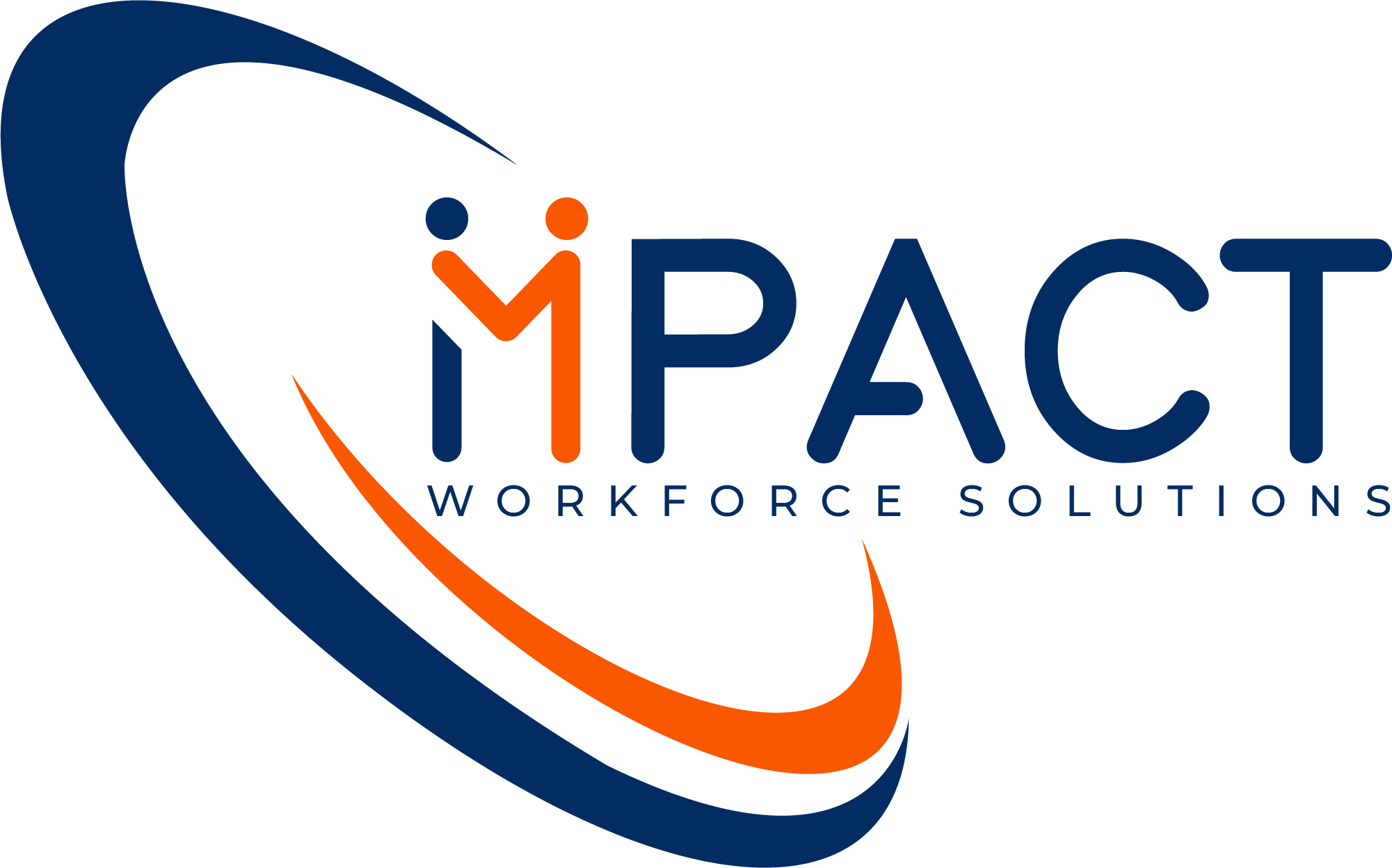
Collaboration is no longer an incidental byproduct of teamwork. It must be developed. And since not all collaboration is productive, it should be refined as well. It’s time to start thinking less about surface-level teambuilding and start working more toward intentional collaboration — purpose-driven and outcome-focused workforce alignment.
Gartner’s recent report on the future of work emphasizes human-centered operations as a core priority for modern workforce management, with intentional collaboration as a fundamental area of focus. The shift from ad-hoc teamwork to a deliberate, strategic model is crucial for organizations aiming to drive innovation, improve decision-making, and secure long-term success. The challenge lies in how organizations structure their staffing strategies to support and foster this level of collaboration.
Intentionally fostering collaboration
Intentional collaboration is a planned, structured approach to teamwork where roles, responsibilities, and workflows are deliberately aligned with organizational goals. Fostering collaboration of this kind ensures that team efforts are strategically directed and that resources are optimized for the best possible outcomes.
Reactive collaboration, by contrast, tends to be unplanned and disorganized, often emerging in response to crises or sudden challenges. For example, while a company experiencing a supply chain disruption may respond by pulling together a reactive team, an organization that practices intentional collaboration would have cross-functional teams and predefined protocols ready to manage the issue efficiently, minimizing disruption.
The key to fostering intentional collaboration is not simply creating teams or integrating “Collaboration” into your business’s paper culture. It’s ensuring all teams and staff — whether temporary, permanent, frontline, or executive — are well-aligned, well-supported, and fully equipped to meet business objectives together.

Fostering collaboration through strategic staffing
At Impact Workforce Solutions, fostering collaboration is built into our workforce solutions. Our Core2 staff augmentation and on-site operations management provide businesses with the talent, structure, and support needed to make intentional collaboration part of their employer brand — and workforce infrastructure.
- Core2 staff augmentation provides access to a wide range of talent, allowing businesses to create cross-functional teams that foster innovation and problem-solving by bringing different perspectives together. With Core2, you can bring in talent from different areas, creating cross-functional teams that spark new ideas and tackle complex challenges head-on. This is collaboration that’s not only structured but deeply aligned with your company’s mission.
- On-site operations management is critical for keeping collaboration on track. They’re there — working closely with both core and contingent staff — making sure communication flows smoothly, keeping everyone aligned, and preventing any missteps that could slow down productivity. They also help integrate contingent workers into your company’s culture, which is key for fostering collaboration among people with diverse backgrounds.
Fostering collaboration is good business.
Organizations that commit to intentional collaboration see improvements in efficiency, innovation, and overall employee engagement, which all contribute to stronger long-term performance.
- Efficiency: Unstructured and incidental collaboration can tank productivity. But when collaboration is intentionally fostered, tasks are completed faster, and resources are used more effectively. This real teamwork can lead to up to 30% higher operational efficiency.
- Innovation: When workforce leadership is intentionally fostering collaboration, new ideas and innovative problem-solving skyrocket while turnover plummets. In a 2023 article, Harvard Business Review found attrition risks decrease by 76% under effective, inclusive leadership, while the quality of decision-making improves by 26%.
- Engagement and retention: Employees who understand their roles within collaborative teams and feel supported in their work are more engaged and less likely to leave. Fostering collaboration directly impacts employee satisfaction and retention, with Gallup finding that organizations with higher engagement levels are 21% more profitable.
These outcomes demonstrate the power of fostering collaboration as a strategic priority for organizations seeking to optimize their workforce and achieve sustainable growth. With these stakes on the table, it’s time to stop waiting for profitable collaboration to happen by accident. It won’t.

Collaboration with Impact
Fostering collaboration demands strategic workforce planning supported by the right staffing solutions. This is where partnering with a workforce management expert like Impact Workforce Solutions can flip the script for businesses struggling to balance business objectives and workforce dynamics.
By partnering with Impact, your organization gains access to strategic advisory services that focus on fostering collaboration, improving workforce cohesion, and enhancing overall business performance. Don’t leave collaboration to chance. Make it intentional — make it with Impact.
